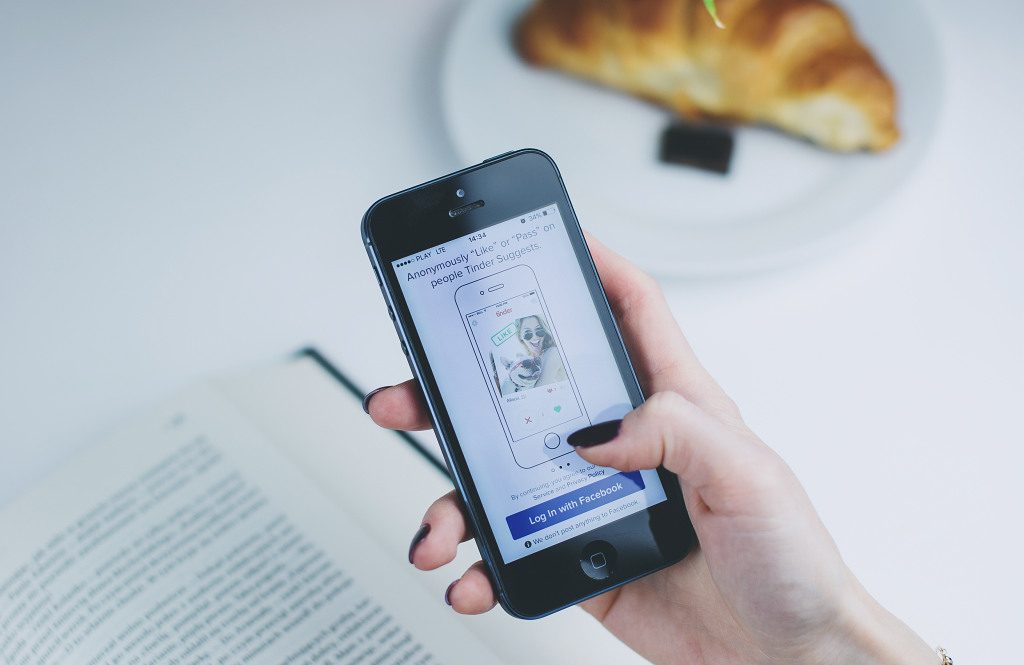How to Brand Your Own Business By Using Social Sharing Feature
Branding your business can be one of the most difficult first steps taken as a business owner. You need to create something that’s unique, captivating and memorable – not to mention easy to spread across multiple platforms. There’s no doubt that visuals impact buyer behaviour, which is why it’s so crucial to get it right from the start. At the end of the day, the goal is to encourage users to share your content, which can be a tall ask. So, here’s how to brand your own business by using social sharing features:
Why Brand Identity is So Important
Curating a strong brand identity is fundamental to the success of your business. Not only does it provide you with a logo and message to share with your customers, but it also gives you a complete picture of your brand. This includes the colour palette, tonality and overall style of the business. You can then use your brand design across a number of platforms. Companies like Desygner offer quick and easy branding templates to save businesses hiring a graphics designer.
If your brand can’t connect with the audience, then you need to go back to the drawing board. After all, your brand is like a person through which you can communicate with your audience. It doesn’t matter whether you’re using colloquial language or corporate talk, your brand voice should be consistent and targeted at your chosen demographic. So, if you’ve mastered the art of creating a brand identity, how exactly do you go about letting the world know? By utilising social sharing features, of course.
Creating Your Own Hashtag
One of the most popular ways in which brands can encourage sharing is through hashtags (#). Thanks to twitter and now Instagram, using a hashtag has become an increasingly popular way of sharing your content with the wider community. Because of its popularity, practically every brand its own hashtag now. It’s a good idea to keep it unique and short.

For example, Coca Cola had a great hashtag last summer – #ShareACoke. This campaign encouraged customers to share a picture with their can of coke. Ultimately, the campaign had a global reach, even though it was initially only targeting a North American audience. This led to a 2% increase in sales of Coca Cola throughout the United States.
To encourage customers to share the hashtag, it’s fairly straight-forward. Just post a photo with your new hashtag in the caption or bulk of the tweet. As an incentive, you can also offer competition. For example, entering everyone into a gift card draw when they use the hashtag. You can work with app developers and have a section on your app or simply advertise it on your website and social channels. This spreads the message of your brand further than just the number of followers you have.
The Power of Sharing Buttons
Using social sharing buttons could bring more traffic to your website, even if they’re not directly linking to it. Adding social media buttons to your order confirmation and thank you pages is a clever way to encourage users to share what they have just purchased. What’s more, you can also inspire them to share photos of themselves too (along with your hashtag) which can greatly benefit your business.

Furthermore, you can also boost your brand by placing social sharing buttons on product pages. This makes it easy for customers to share the products they want to buy. There’s no need for them to have to save the image and paste the link, all they need to do is click on the sharing button. To get optimum results, you should try moving the sharing buttons around the site to see which place produces the most social shares.
Author: Paul Matthews

Paul Matthews is a Manchester-based business and tech writer who writes in order to better inform business owners on how to run a successful business. You can usually find him at the local library or browsing Forbes’ latest pieces.





